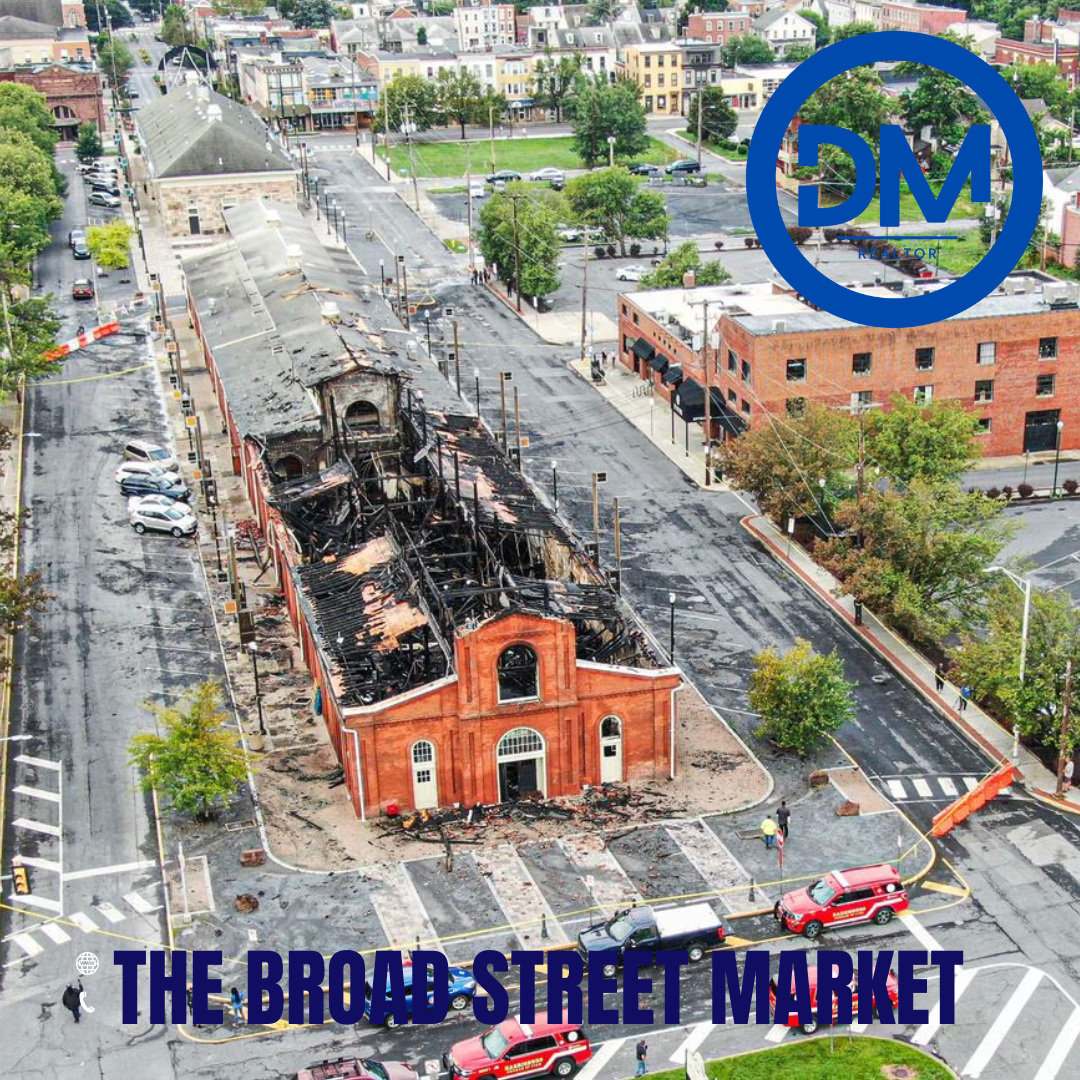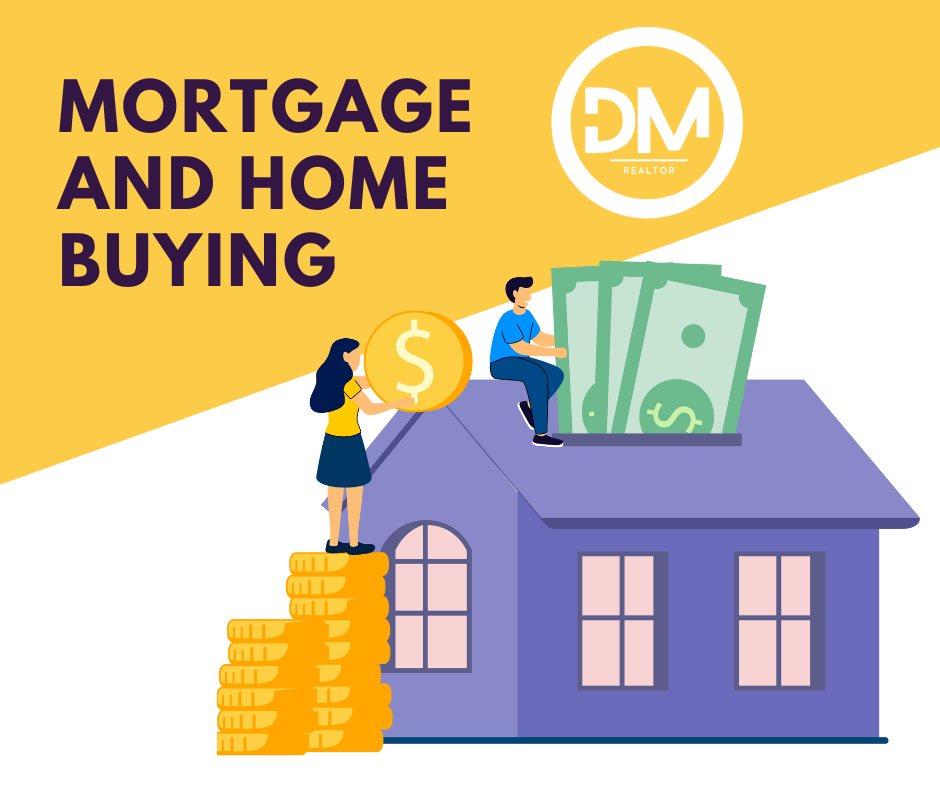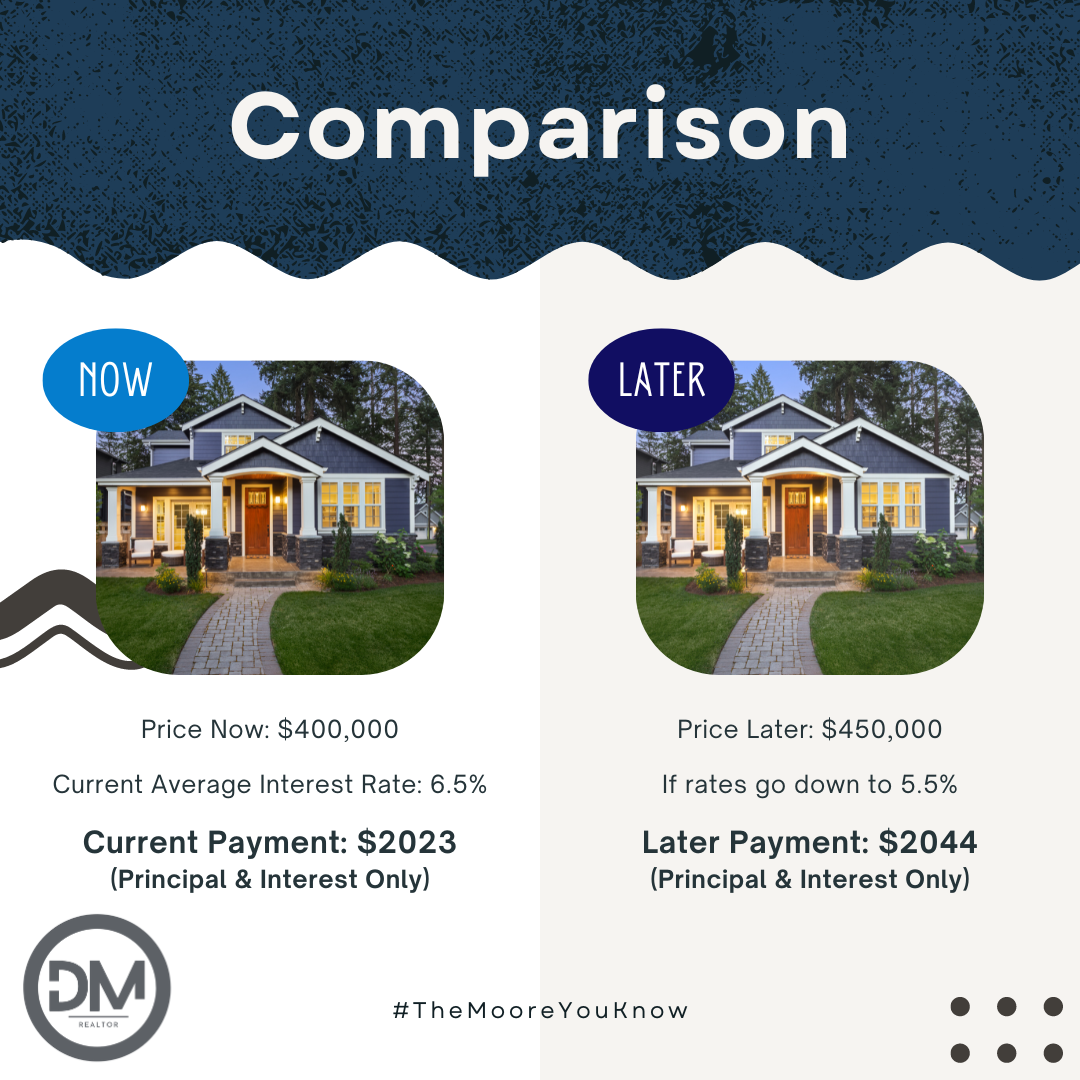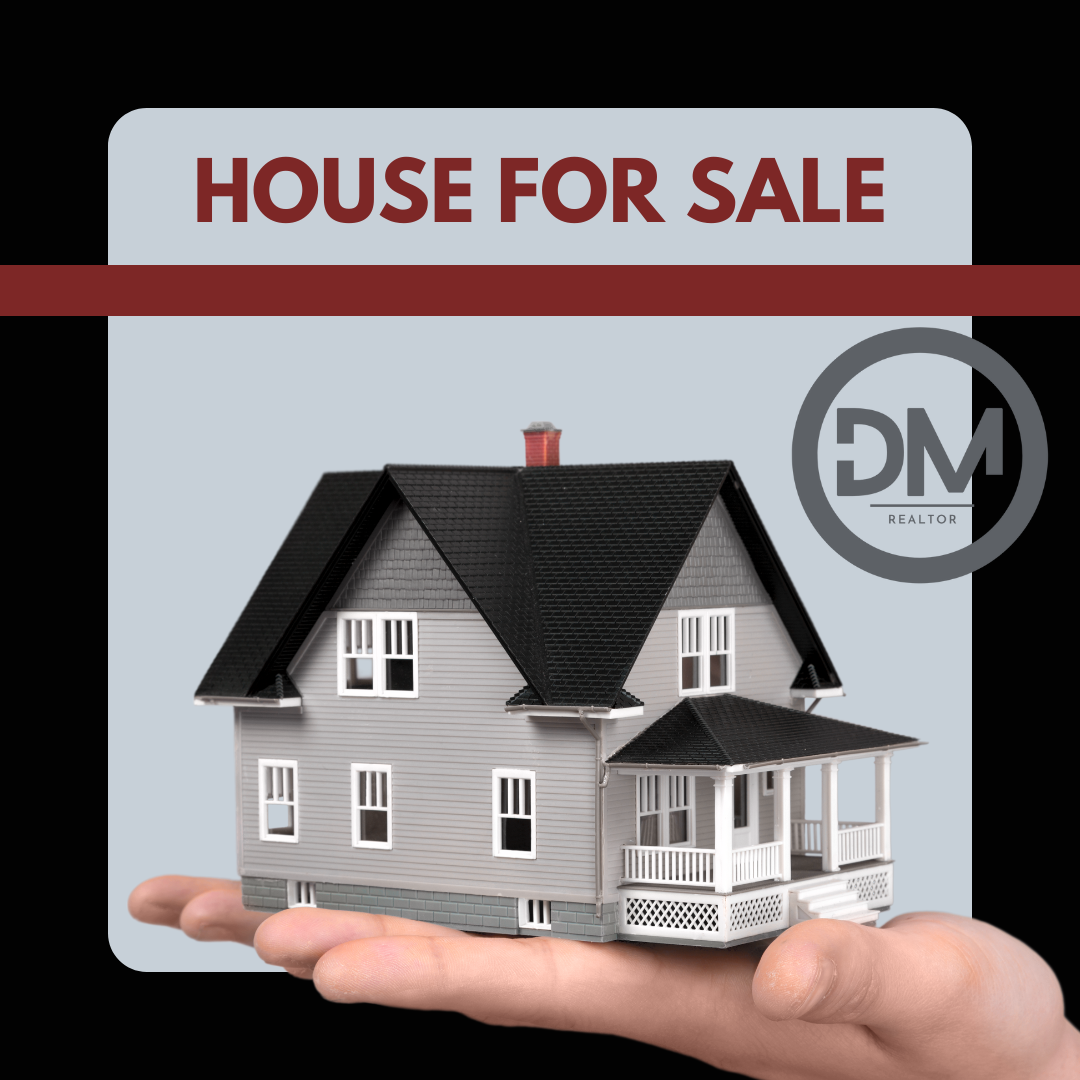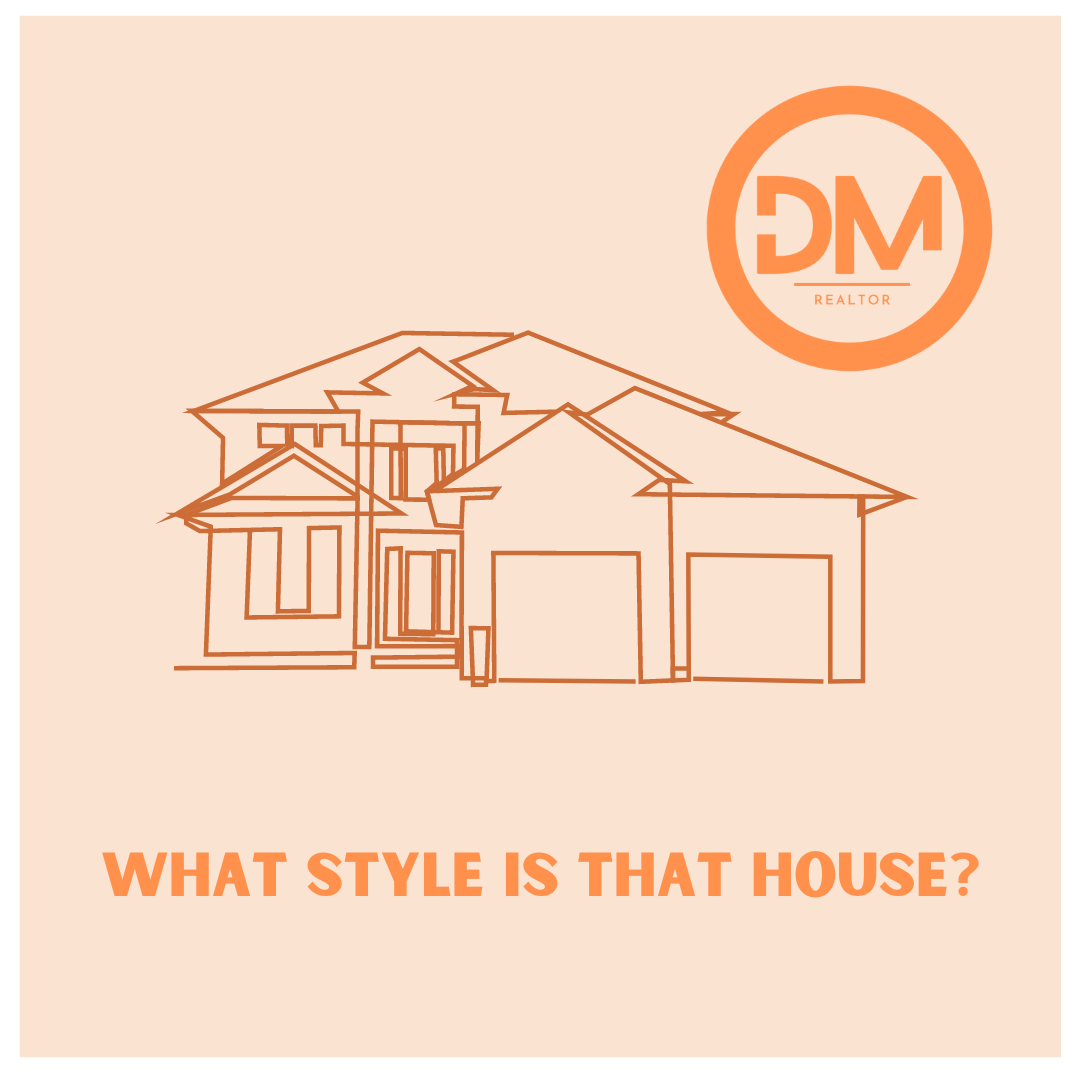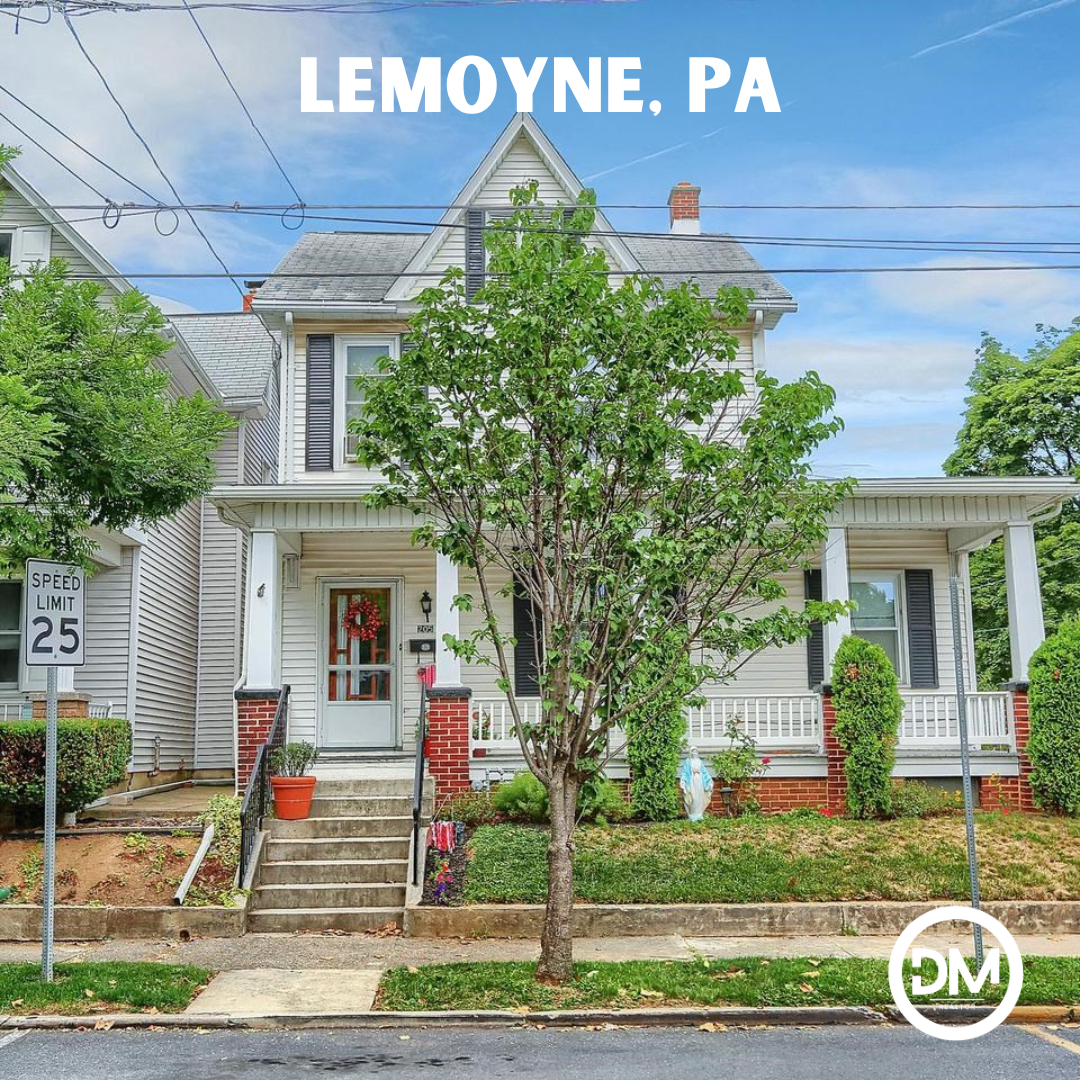Nestled in the heart of Pennsylvania, the charming city of Harrisburg offers a unique blend of history, culture, and natural beauty. Beyond its intrinsic allure, Harrisburg boasts another significant advantage: its strategic location. Positioned within proximity to several major cities, residents and visitors alike can easily explore a plethora of diverse destinations within a short drive. In this blog post, we’ll take a closer look at just how close Harrisburg is to some of the most notable urban centers on the East Coast.
- Philadelphia, PA: Approximately 105 miles southeast of Harrisburg, Philadelphia stands as the largest city in Pennsylvania. The journey between these two cities takes around 2 hours by car. Home to iconic landmarks such as the Liberty Bell and Independence Hall, Philadelphia offers a rich historical experience, a vibrant arts scene, and a wide range of culinary delights.
- Baltimore, MD: Sitting about 90 miles south of Harrisburg, Baltimore, Maryland, provides an array of attractions and activities to explore. From the historic Inner Harbor to the renowned National Aquarium, this bustling city offers a mix of maritime heritage and modern entertainment. The drive from Harrisburg to Baltimore usually takes around 1 hour and 45 minutes.
- Washington, D.C.: Harrisburg is conveniently located approximately 125 miles northwest of the nation’s capital, Washington, D.C. A drive between the two cities takes approximately 2.5 to 3 hours. Visitors can delve into the city’s iconic monuments, world-class museums, and immerse themselves in the nation’s political history.
- New York City, NY: Despite being neighboring states, Harrisburg and New York City are separated by about 175 miles, making the Big Apple easily accessible within a 3 to 4-hour drive. The iconic skyline, Broadway shows, and diverse neighborhoods await travelers who embark on this journey to the city that never sleeps.
- Pittsburgh, PA: Another major city within the state, Pittsburgh, lies approximately 200 miles west of Harrisburg. While a drive from Harrisburg to Pittsburgh can take around 3.5 to 4 hours, it is well worth the trip to discover this city’s rich industrial heritage, cutting-edge technology sector, and vibrant cultural scene.
- Atlantic City, NJ: For those seeking a beach getaway and some exciting casino action, Atlantic City, New Jersey, awaits approximately 180 miles east of Harrisburg. The journey typically takes around 3 hours by car, offering a perfect weekend escape from the city’s hustle and bustle.
Harrisburg, PA, stands as a hidden gem with its central location providing easy access to a plethora of major cities on the East Coast. Whether you’re interested in history, art, food, or entertainment, Harrisburg’s proximity to places like Philadelphia, Baltimore, Washington, D.C., New York City, Pittsburgh, and Atlantic City means that there’s never a shortage of options for exploration. So, whether you’re a resident of Harrisburg or a visitor passing through, consider embarking on a road trip to experience the rich diversity and charm of these neighboring urban centers. The opportunities for adventure are practically limitless when you’re based in the heart of Pennsylvania!

 Facebook
Facebook
 X
X
 Pinterest
Pinterest
 Copy Link
Copy Link

